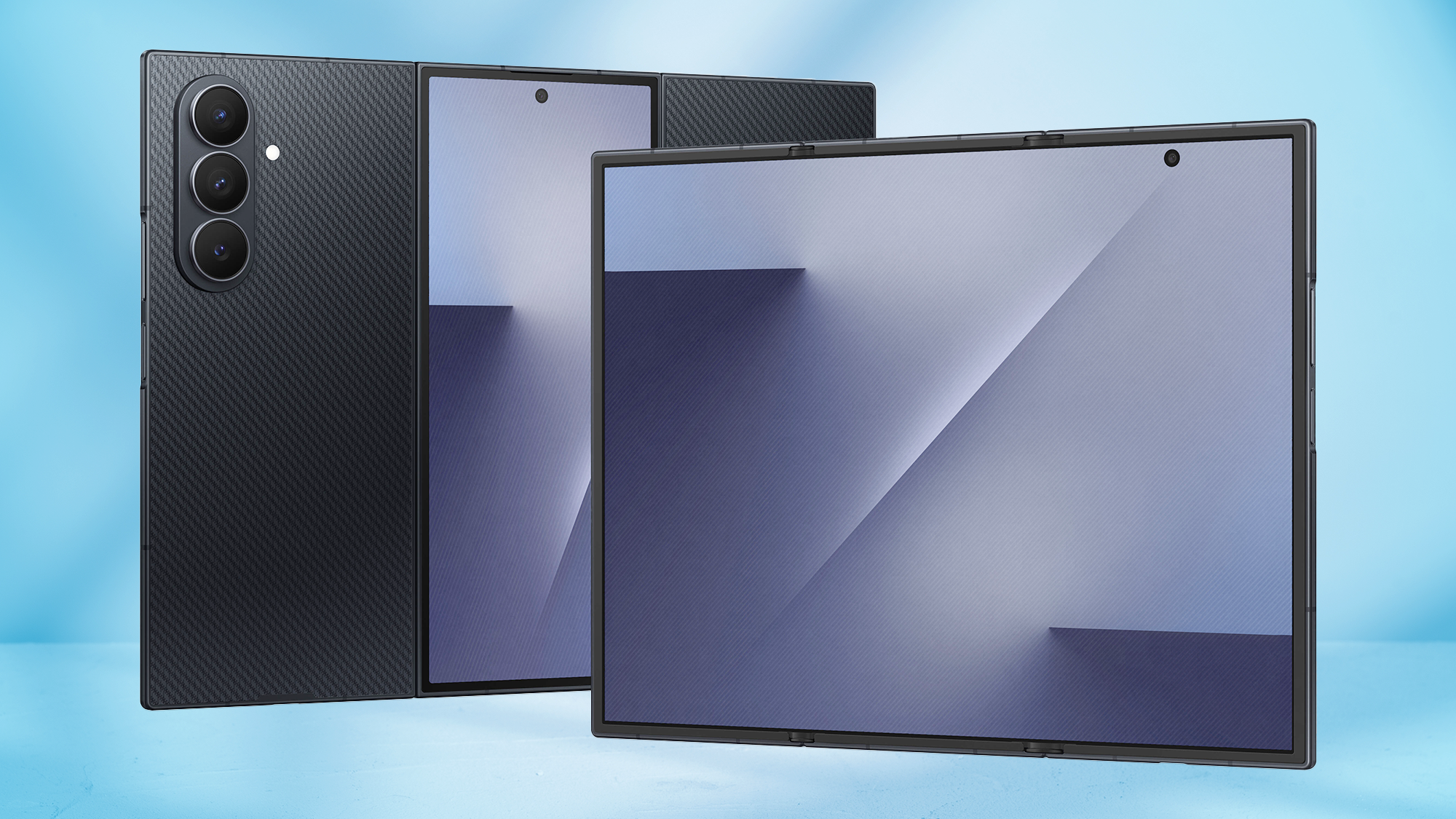I’ve been testing Pixelsnap on the Google Pixel 10 Pro Fold — and it's a game changer on a foldable
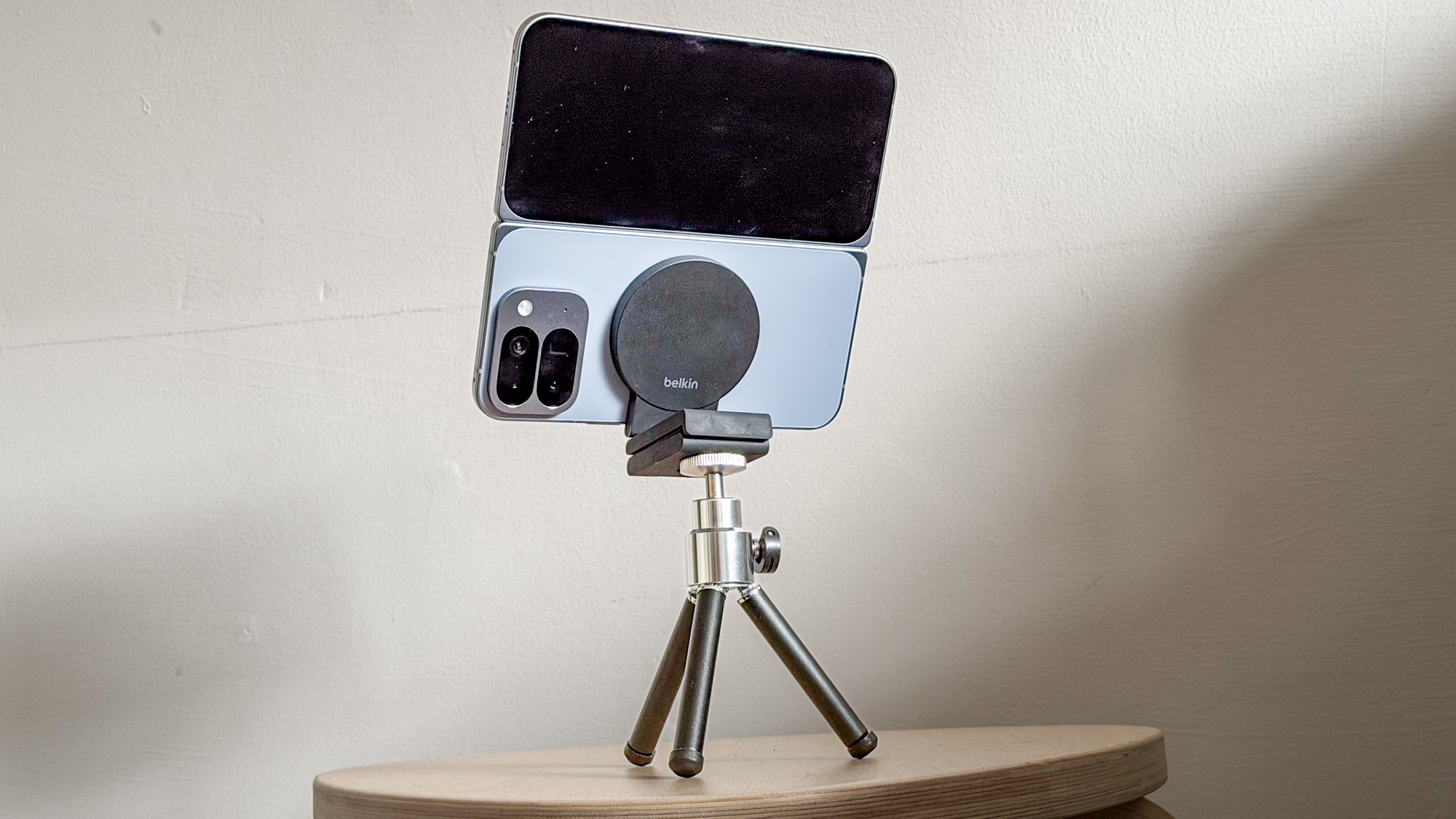
I've been using the Google Pixel 10 Pro Fold for about two weeks, and I've been surprised by how much I'm enjoying it. It's inarguably a capable foldable phone, but it's not quite up to the standard of the Samsung Galaxy Z Fold 7, or what companies like Honor and Oppo are producing for markets outside of the U.S.
As TG's global editor-in-chief, Mark Spoonauer said in his Google Pixel 10 Pro Fold review: "Despite advantages, I’d rather carry the Z Fold 7 as my everyday phone."
So what's so compelling about the Pixel 10 Pro Fold that's kept it in my pocket this past fortnight? It's not the super-bright displays, the strong cameras, or the IP68 water/dust resistance. It's also not what you might call the "Pixel Factor" either: I have also used the Pixel 10 Pro XL, which carries all the same software abilities.
Instead, I believe it's the unique pairing of a foldable phone and Google's new "Pixelsnap" attachment system.
The magic of magnets
Pixelsnap, a.k.a. Qi2 — or MagSafe if you want to use the Apple name for it — is a magnetic mounting system for connecting your phone to a wireless charging pad.
It first showed up in the iPhone 12 series. Meanwhile, the big Android phone makers up to now haven't adopted the technology beyond selling magnetic cases. However, Google has gone all-in with the Pixel 10 series, adding built-in magnets to all the models in the lineup. This includes the Pixel 10 Pro Fold.
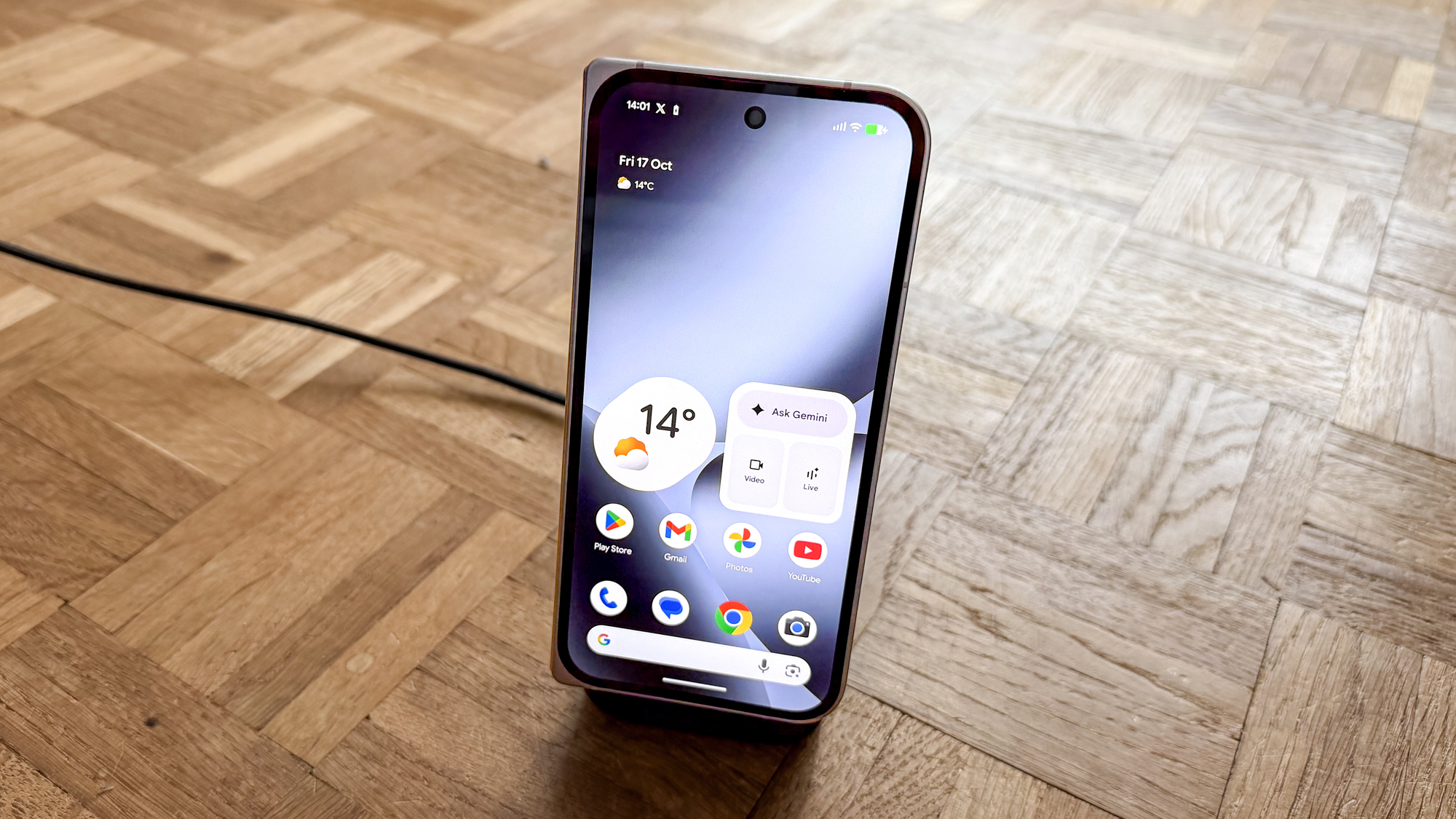
The benefit of Qi2-based charging is that it works with the hundreds, if not thousands, of products designed for iPhones over the past half-decade.
As of writing, Google only sells a handful of Pixelsnap-compatible accessories, including the somewhat underwhelming Pixelsnap Charger with Stand. But the benefit of Qi2-based charging is that it works with the hundreds, if not thousands, of products designed for iPhones over the past half-decade.
Get instant access to breaking news, the hottest reviews, great deals and helpful tips.
As an iPhone user, I already own several MagSafe/Qi2-ready chargers that the Pixel 10 Pro Fold works with perfectly. It also pairs nicely with some more unusual products, like this magnetic tripod mount.
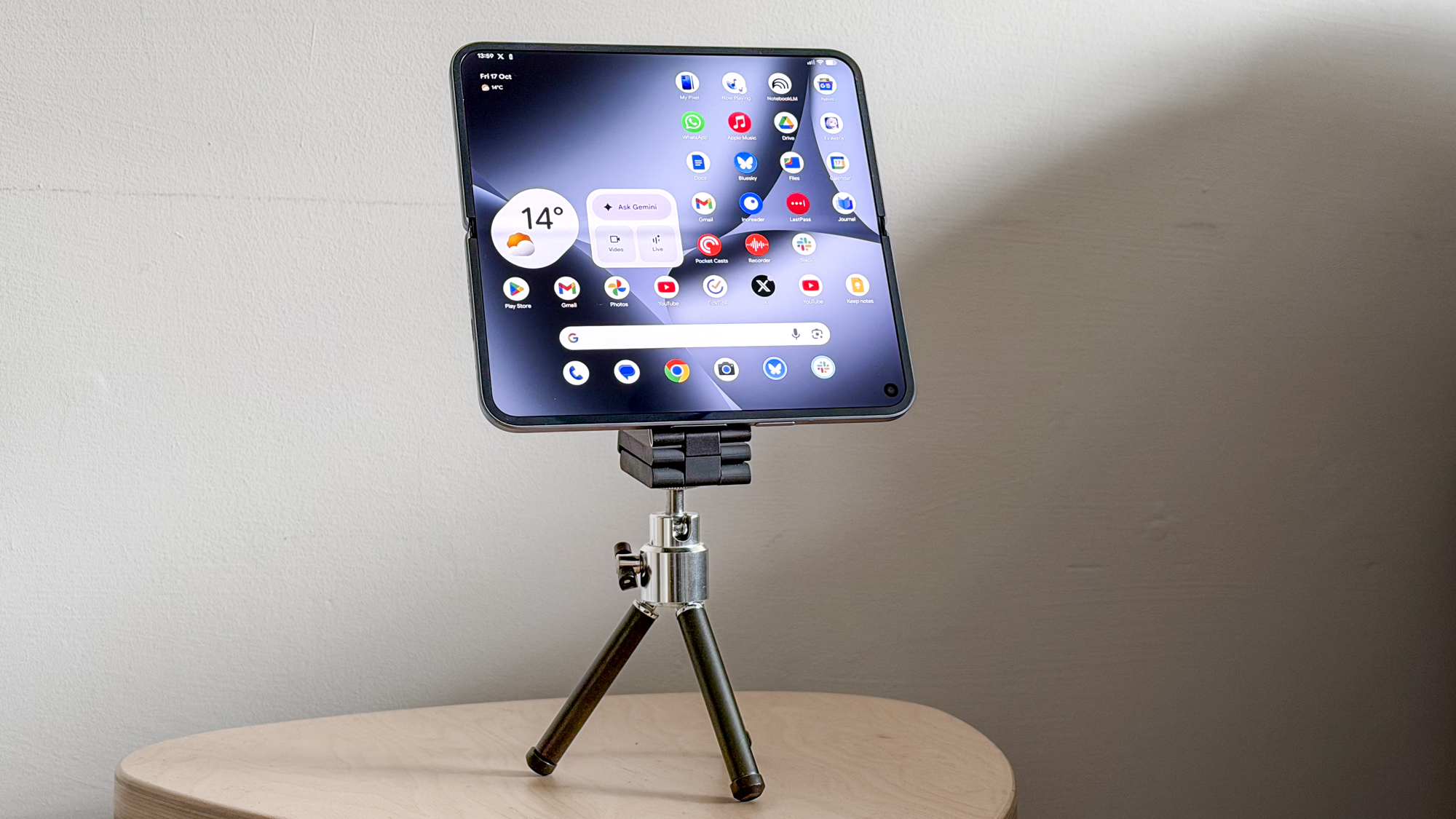
All of this has meant I've been able to keep the Pixel foldable charged, or watch videos on its large inner display, without having to root around for a cable or a separate stand. It just fits in where my iPhone does.
A standard for other foldables to follow
Pixelsnap is not going to be enough to convince anyone to switch from iPhone to Pixel. But the option to keep many of your existing accessories while moving between the two means that if you do choose to make the change, it won't put you out of pocket more than it has to.
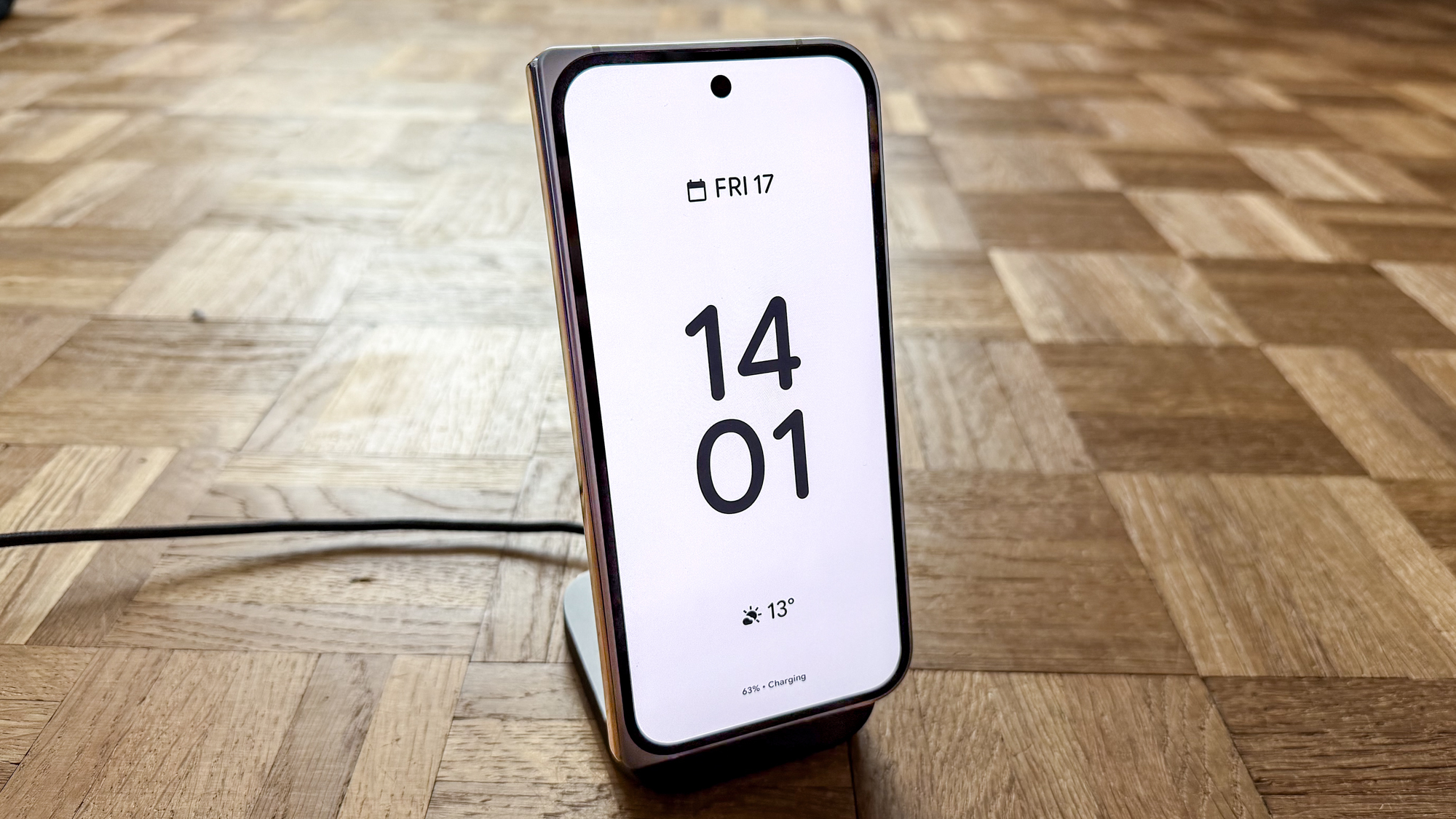
This applies to any of the Pixel 10 series, but the Pixel 10 Pro Fold, by being a foldable, adds an extra sweetener to the mix. It's currently the only foldable phone to offer this kind of magnetic support, meaning you won't be able to enjoy a similar experience with a different foldable unless you buy a specific case, or regular stands and wireless charging pads.
I'm hopeful that Google's introduction of Pixelsnap will be the jolt that Samsung, OnePlus, and others need to add magnets to their own phones. And that goes doubly for their foldables. Folding phones are the most expensive variety, and ought to come with every possible feature to guarantee users get as much value as possible for their money.
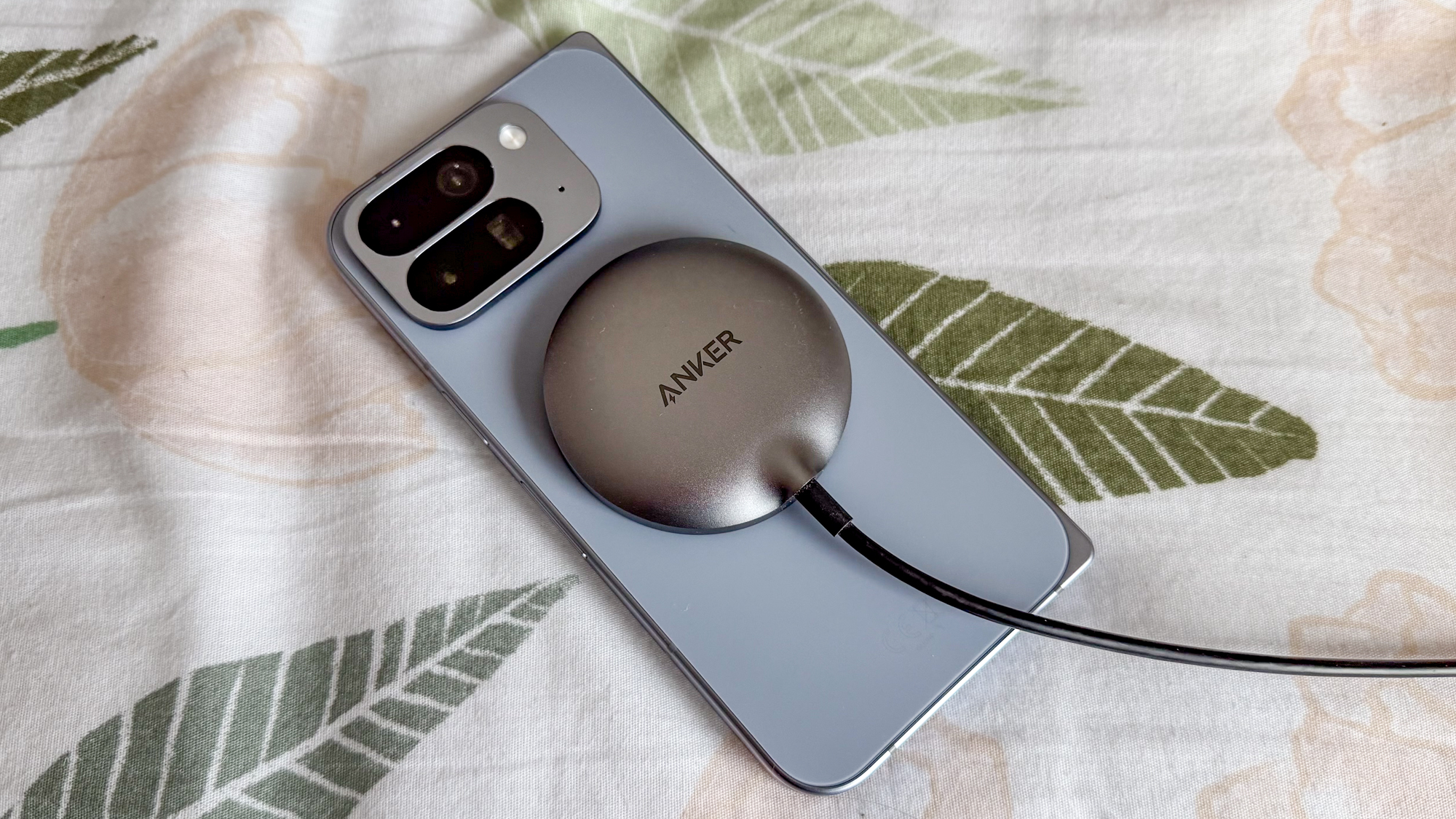
For now, I'd still recommend the Galaxy Z Fold 7 for someone wanting the best foldable phone experience. But the Pixel 10 Pro Fold's magnetic powers make for one heck of a redeeming feature.
Follow Tom's Guide on Google News and add us as a preferred source to get our up-to-date news, analysis, and reviews in your feeds. Make sure to click the Follow button!
More from Tom's Guide
- I use Google Maps every day — here's 5 features that will make your commute easier
- Samsung’s triple-folding phone could be my display-loving dream, but it all hinges on one key feature
- iOS 26 brings live translations to phone calls — and I've got a trick for making it run smoother

Richard is based in London, covering news, reviews and how-tos for phones, tablets, gaming, and whatever else people need advice on. Following on from his MA in Magazine Journalism at the University of Sheffield, he's also written for WIRED U.K., The Register and Creative Bloq. When not at work, he's likely thinking about how to brew the perfect cup of specialty coffee.
You must confirm your public display name before commenting
Please logout and then login again, you will then be prompted to enter your display name.
